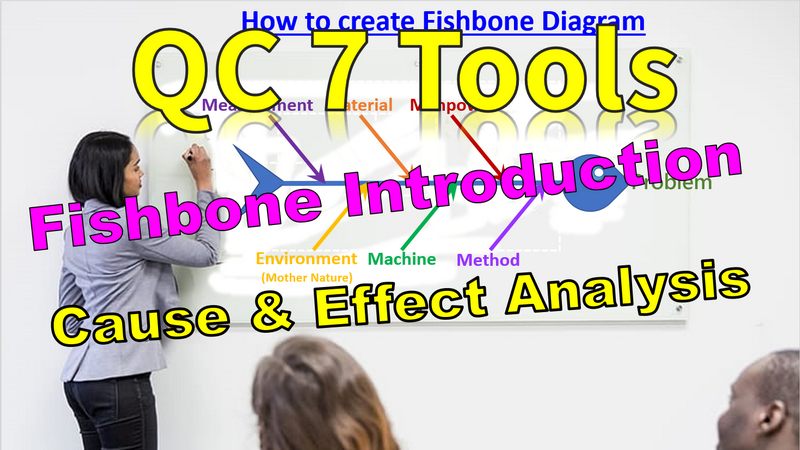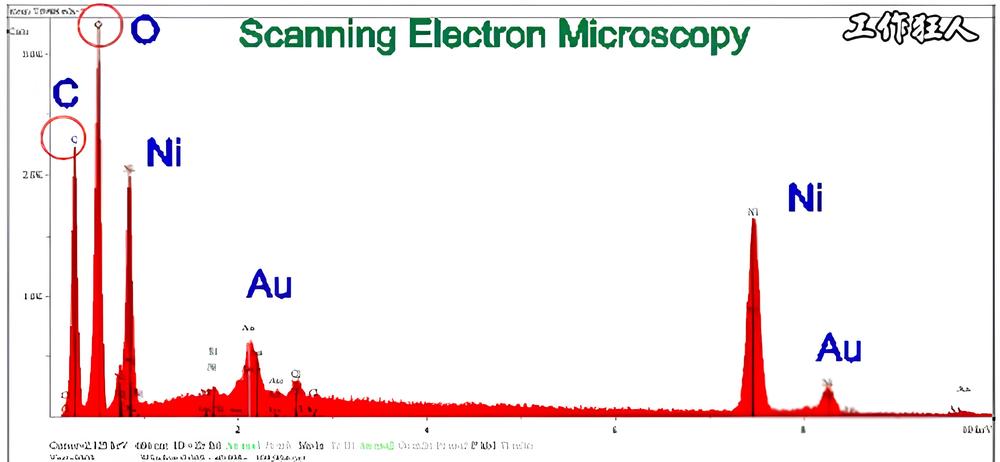
The 5W1H (Five Ws and One H) method can be considered both a problem analysis and solution tool. However, it’s better viewed as a structured way to think about and describe problems. It helps us look at issues more comprehensively, explore possible causes, and take corrective actions. Although the method is somewhat simple, it’s easy to remember and very practical. Sometimes it’s also called the Six Ws method, and some people even extend it into 5W2H by adding another “H” for “How much” or “How many.”
When people try to describe a problem in a hurry, they often overlook key details or describe the issue incompletely, missing important clues. In these cases, using the easy-to-remember 5W1H framework helps us describe problems more clearly and systematically. Essentially, 5W1H can be used to collect data, understand the situation, analyze causes, and develop solutions when problems arise.
The 5W1H method includes six main elements:
-
Who – the person(s) involved
-
What – what happened
-
When – when it happened
-
Where – where it happened
-
Why – why it happened
-
How – how it happened or how to solve it
Let’s take an example — describing a soldering problem in SMT production:
-
Who: Which operator caused the defect? “People” are often the biggest variable, so it’s best to record who was involved.
-
What: What exactly happened? Describe the defect clearly. For example, was there an non-wetting solder on a specific component or pad location?
-
When: When did it happen? During which shift? After what step or action? For instance, did the defect occur in the day shift or night shift?
-
Where: At which station or process did it occur? If unknown, describe where it was discovered — for example, after reflow at the AOI station, during visual inspection, board-level testing, or final assembly.
-
Why: Why did it happen? Was there any change compared to normal conditions — material change, operator change, equipment change, process modification, or environmental difference? For instance, did the problem appear after replacing the solder paste or restarting the line after downtime, causing the paste to dry out?
-
How: How should we respond? Can we take temporary action to stop the defect? For serious issues, stopping the line may be necessary. Once the root cause is found, take corrective action — for example, if an open joint occurred due to missing solder paste, check if the stencil aperture is blocked or the paste is too dry. Clean or replace as needed.
-
How much: How many defects occurred? The defect rate is often used as a reference for deciding whether to stop production.
When analyzing a problem, you can combine 5W1H with tools like the Cause & Effect (Fishbone) Diagram or SPC (Statistical Process Control) methods to identify root causes.
5W1H is also very useful in project planning. You can use the six aspects to structure your proposal:
-
Why: Why do we need this project? What’s the purpose or benefit?
-
What: What is the project about?
-
How: How will it be executed?
-
Who: Who will carry it out?
-
When: When will it be implemented? What’s the schedule?
-
Where: Where will it take place?
5W1H is even the foundation of storytelling.
For example, in the story of Momotaro (Peach Boy):
-
What: An old couple found a giant peach floating down the river, cut it open, and discovered a baby boy inside.
-
When: Long, long ago.
-
Who: The main characters — Momotaro and the old couple.
-
Where: By the river.
-
Why: The old woman picked up the peach because it looked delicious.
-
How: They decided to raise the boy as their own.
In the military, the same concept applies when reporting enemy activity:
“Report, Sergeant! We’ve spotted several enemy soldiers ahead — what should we do?”
The sergeant teaches the soldiers to describe the situation following “What, Who, When, Where, Why, and How” (adapted from military intelligence formats like SALUTE: Size, Activity, Location, Unit, Time, Equipment):
- What (Activity): What happened? e.g., Spotted enemy troops.
- Size: How many enemies are there? e.g., Approximately 10 soldiers.
- Who (Unit/Identity): Who are the enemies? e.g., Enemy infantry from 3rd Battalion, identified by their camouflage uniforms.
- When (Time): When were they spotted? e.g., At 1400 hours.
- Where (Location): Where were they seen? e.g., In the forest north of our camp, approximately 500 meters away.
- Equipment: What weapons or equipment do they have? e.g., Rifles and a vehicle.
- Why: Why might the enemy be there? e.g., Possibly scouting our position.
- How: Then it’s up to the sergeant to decide how to respond — retreat, engage, or report to higher command for further instruction.
The 5W1H method may be simple, but it’s one of the most practical and universal tools for problem-solving, project planning, and clear communication.
Related Posts:









Leave a Reply